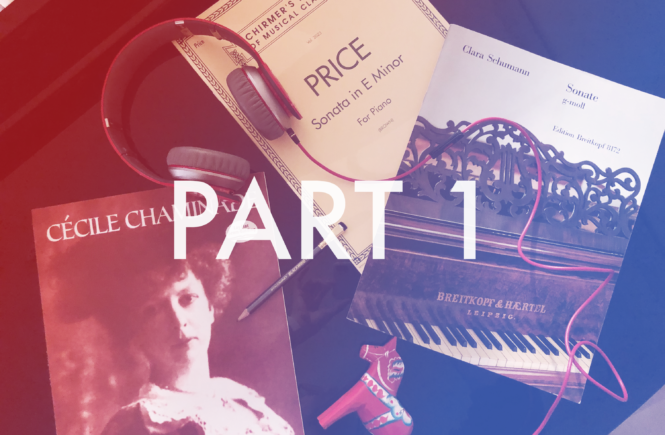sheet music
-
Adventures in Fear and Discovery: Learning Music Outside the Canon, Part 1

It’s been a hot minute since the last time I wrote here—between then and now there have been thousands of miles of air travel, a lot of faffing about on Instagram Stories, even more unprofessional faffing about on Twitter, a whole new language learned(-ish), many performances with and without other people, a move to a… Continue reading